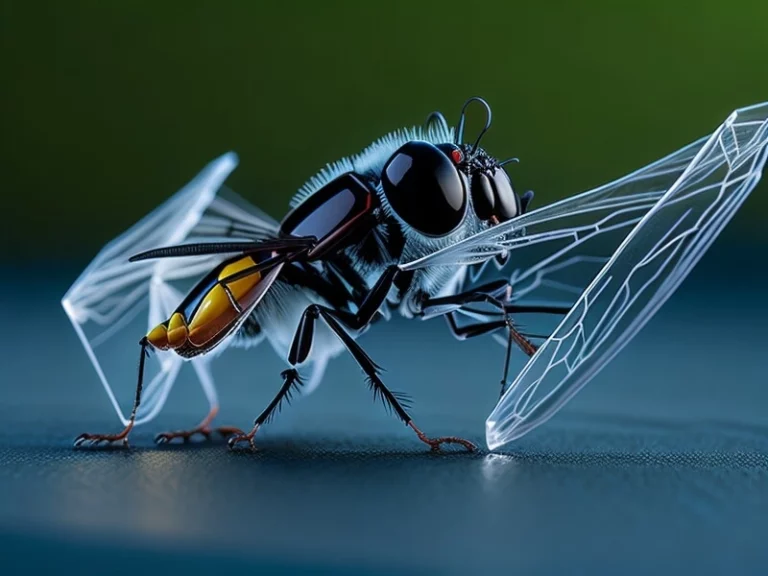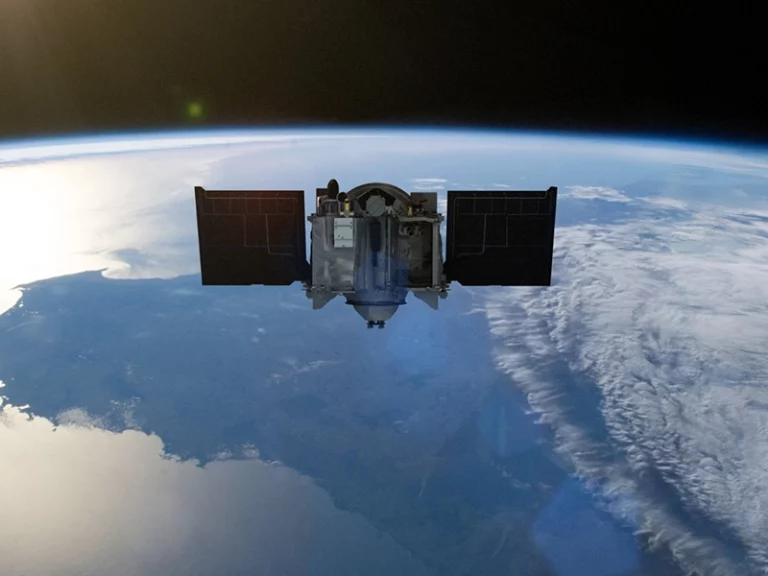Have you ever tuned into an FM radio station only to be met with a hissing, crackling, static noise?
Did you ever stop to wonder what causes this static, and whether it might be connected to the origins of the universe itself?
In this article, we’ll explore the mysterious origins of static noise.
What Causes the Static Noise on FM Radios?
Before diving into the connection between radio static and the Big Bang, let’s first take a look at what causes the static noises.
When you tune into an FM radio station, your radio receiver is searching for and locking onto a specific frequency.
If there’s no signal at all, the receiver will pick up on electromagnetic interference from other sources.
This interference can come from a variety of sources, including other electronic devices, power lines, lightning, and radio waves from space.
The concept of receiving noise from the CMBR applies to FM radios and all other types of radio receivers.
Here is a 30 seconds recording of the CMBR noise. Note that only part of this noise is actually CMBR, the rest is electrostatic noise from other sources as explained above.
The Cosmic Microwave Background Radiation (CMBR)
One of the radio waves from space that can contribute to the static noise on FM radios is Cosmic Microwave Background Radiation (CMBR). The CMBR is a form of electromagnetic radiation that was discovered in the 1960s and is believed to be the afterglow of the Big Bang.
It is a faint, uniform background radiation that is present in all directions of the sky and has a temperature of about 2.7 Kelvin.
How is the CMBR Related to the Big Bang?
The Big Bang is the scientific theory that explains the origin and evolution of the universe, and it happened about 13.8 billion years ago.
According to this theory, the universe started out as a hot, dense, and infinitely small point. Which rapidly expanded in a process known as cosmic inflation.
As the universe expanded, it cooled down, and eventually, matter began to form.
CMBR was created about 380,000 years after the Big Bang. After the universe had cooled down enough for electrons and protons to combine and form neutral atoms.
These atoms allowed light to travel freely through the universe, creating a snapshot of the universe at that time. This snapshot is what we see today as the CMBR.
How Does the CMBR Contribute to the Static Noise?
Radio waves from space, including the CMBR, can contribute to the static noise on FM radios.
When the radio receiver’s antenna picks up on these radio waves, it interprets them as noise.
However, the majority of the static noise is still caused by electromagnetic interference from other sources.
Wrapping up
I hope this was an interesting discovery for you as it has been for me.
Now you know that maybe, that static noise is even more important than tuning into a station.
Thanks for reading!
References
Cosmic microwave background – Wikipedia. Link to the source





